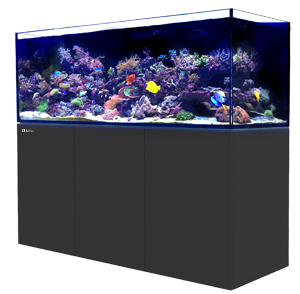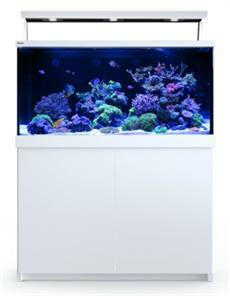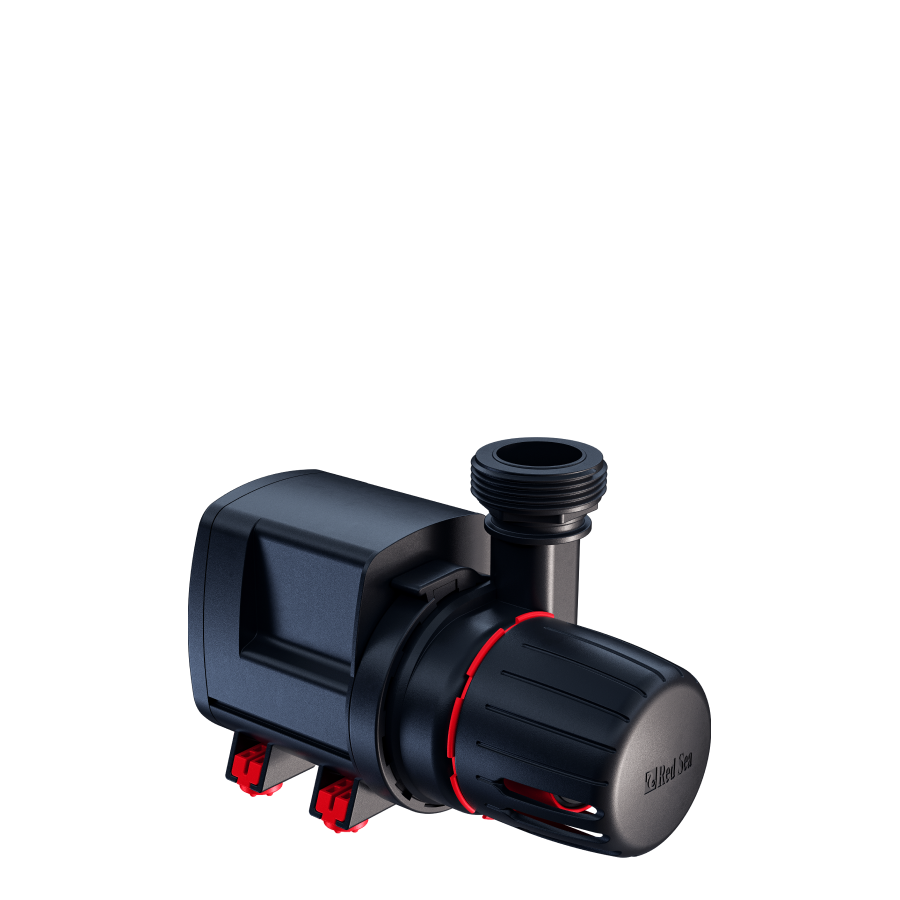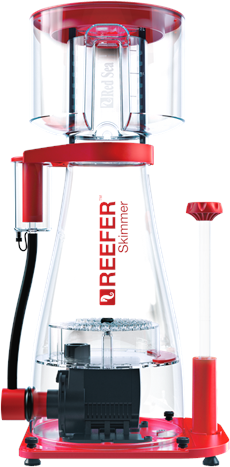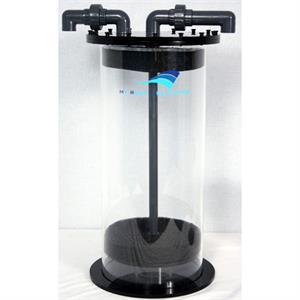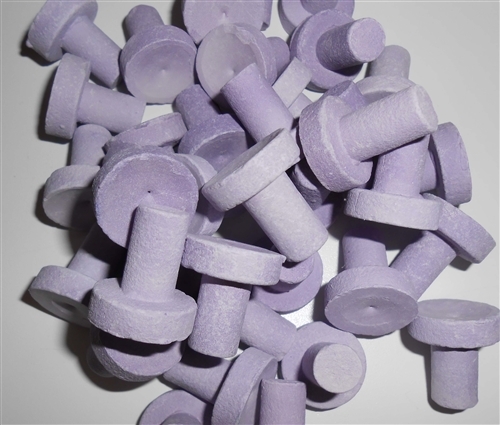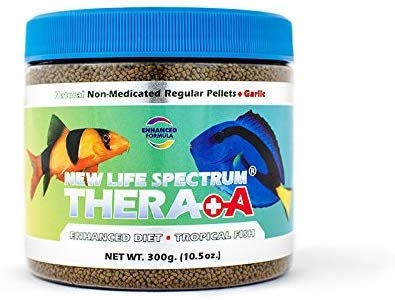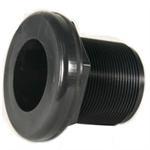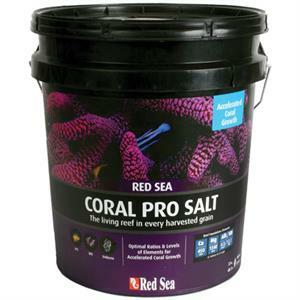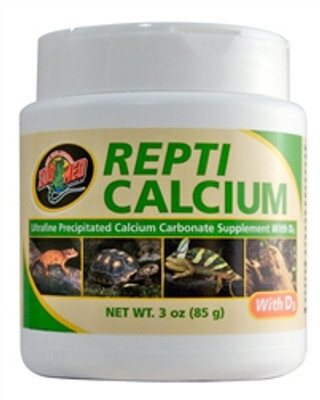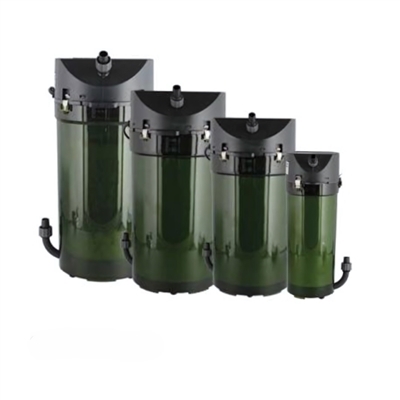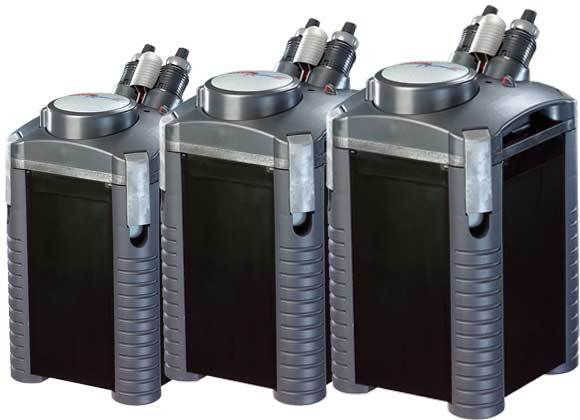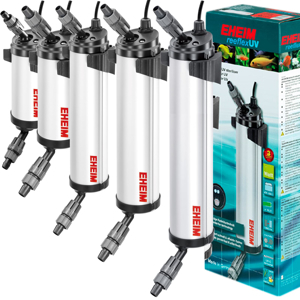Acrylic Aquariums vs. Glass Tanks: Choosing the Right Aquarium
Fish Tanks Direct on Mar 20th 2024
Aquarium enthusiasts often find themselves torn between choosing an acrylic or glass tank for their aquatic pets. Each material has its own unique set of benefits and drawbacks, making the decision a challenging one.
In this article, we will provide a comprehensive guide to understanding the key differences between acrylic and glass tanks and offer insights into factors such as cost, size, and maintenance to help you make the most informed decision possible.
Understanding the Material Differences
Before diving into the pros and cons of acrylic and glass aquariums, it's essential to understand the key differences between the materials. Acrylic tanks are made from a type of plastic known as polymethyl methacrylate (PMMA), while glass tanks are made from silica, which is heated and formed into panes. Each material has distinct characteristics and properties that can influence your choice of aquarium.
The Benefits of Acrylic Tanks
There are several reasons why some aquarium enthusiasts may opt for acrylic tanks. Firstly, acrylic aquariums are lightweight, which makes them easier to move, install, and transport than their glass counterparts. This can be especially advantageous for larger tanks, as the weight difference can be considerable.
Secondly, acrylic tanks boast excellent clarity, meaning that they can provide a clearer view of your aquatic pets. Acrylic has a higher refractive index than glass, which results in less distortion and a brighter, more vivid visual experience.
Additionally, acrylic has a natural insulating property that helps maintain a stable water temperature, which is an important factor for maintaining the health of your aquatic pets. This insulation can also help to reduce energy consumption and costs, as heaters and chillers may not need to work as hard in an acrylic tank as they would in a glass tank.
Finally, acrylic tanks are incredibly customizable due to their fabrication process. Acrylic can be molded into various shapes and sizes, offering virtually limitless design options for custom tanks. This flexibility allows for unique, eye-catching aquarium designs that simply can't be achieved with glass.
The Benefits of Glass Tanks
Despite the advantages of acrylic tanks, there are several reasons why glass tanks remain popular among aquarium enthusiasts. One of the primary benefits of glass tanks is their durability. Glass is resistant to scratches and can maintain its clarity over time, whereas acrylic can be prone to scratches and may require more care and maintenance to preserve its appearance.
Glass tanks are also generally more affordable than acrylic tanks, especially when it comes to larger tanks. Initial investment costs can be a significant factor for aquarium owners, so the lower cost of glass may be more appealing to those on a tight budget.
Furthermore, glass tanks are less susceptible to discoloration and warping over time. Exposure to sunlight can cause acrylic to yellow, and water pressure can lead to bowing in thinner acrylic tanks. Glass, on the other hand, can maintain its structural integrity and appearance for years with minimal maintenance.
Pros and Cons: Acrylic vs. Glass Tanks
Now that we understand the key benefits of acrylic and glass tanks, let's examine the pros and cons of each material in more detail.
- Acrylic Tanks
- Pros:
- Lightweight and easier to transport
- Greater clarity with less distortion
- Better insulating properties
- High degree of customization
- Cons:
- More prone to scratches
- Typically more expensive than glass tanks
- Potential for discoloration and warping over time
- Glass Tanks
- Pros:
- Durable and resistant to scratches
- Generally more affordable
- Better resistance to yellowing and bowing
- Cons:
- Heavier and harder to transport
- Less clarity due to higher refractive index
- Limited customization options
Considering Cost, Size, and Maintenance Factors
With a clearer understanding of the advantages and disadvantages of acrylic and glass aquariums, it's time to consider the practical factors that may influence your decision.
- Cost
As mentioned earlier, glass tanks tend to be more affordable than acrylic tanks, especially when it comes to large aquariums. However, the cost difference may not be as significant in smaller tanks. It's important to weigh your budget against other factors, such as durability, maintenance, and customization, when making your decision.
- Size
Acrylic tanks have the upper hand in a variety of size options due to their high degree of customization. You can find acrylic tanks in virtually any size and shape imaginable, whereas glass tanks are more limited in design. If you're looking for a unique, custom aquarium, acrylic may be your best option.
- Maintenance
Glass tanks have the advantage of being more scratch-resistant, which makes them less maintenance-intensive than acrylic tanks. Although acrylic tanks can be buffed to remove scratches, this process can be time-consuming and costly. Glass tanks generally require less effort to maintain their appearance and structural integrity.
Conclusion
Ultimately, the decision to choose an acrylic or glass aquarium depends on your personal preferences, budget, and the specific needs of your aquatic pets. By taking the time to understand the differences between these materials, as well as assessing factors such as cost, size, and maintenance, you can make an informed decision that will help you create the perfect environment for your underwater friends. Both acrylic and glass tanks have their own unique advantages and disadvantages, so carefully consider your priorities before making your choice.
That said, if you are looking for a reliable provider of quality fish tanks, check out what Fish Tanks Direct has to offer to you today!

